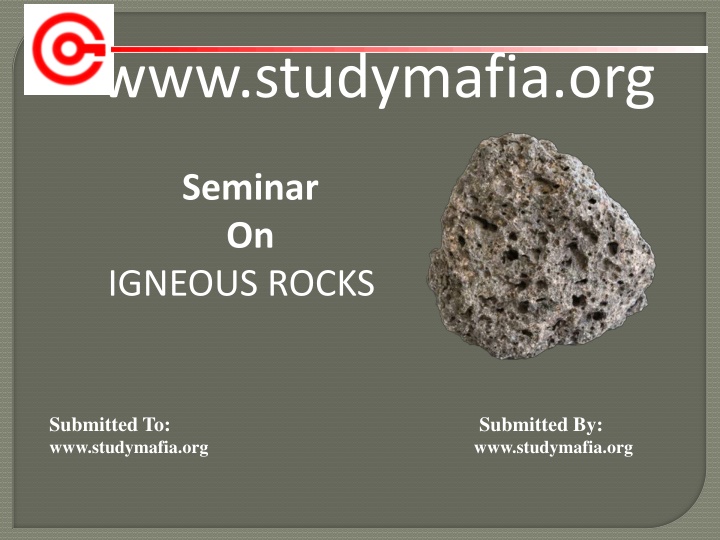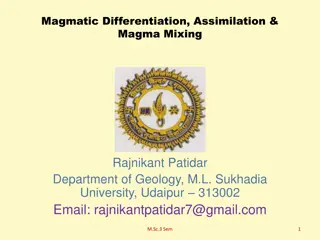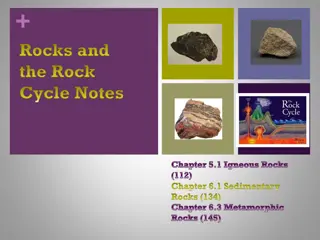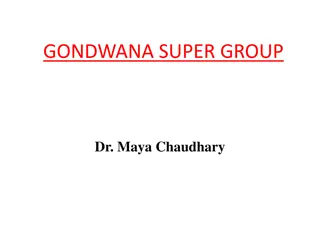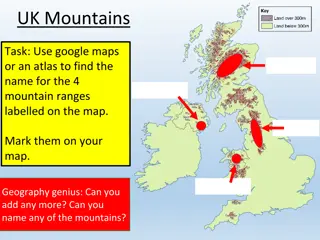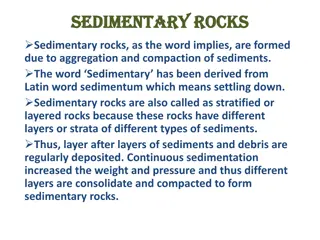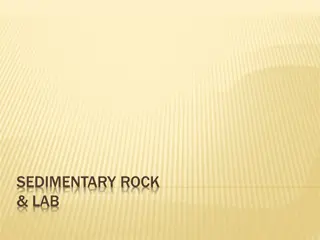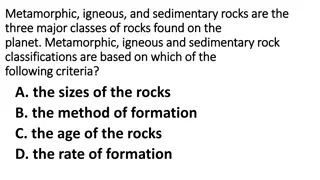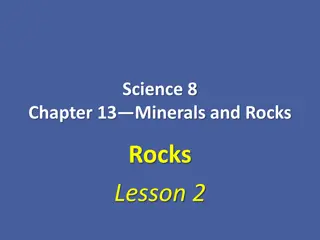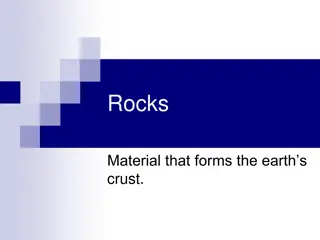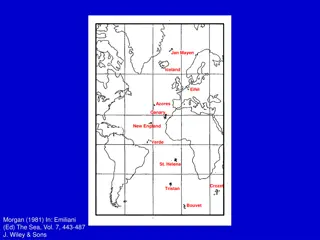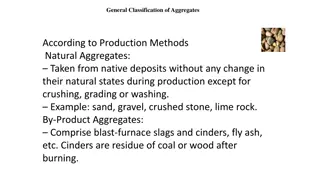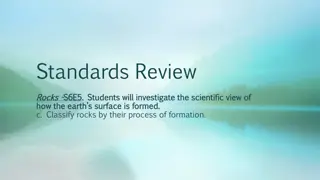Seminar on Igneous Rocks: Formation, Characteristics, and Classification
Igneous rocks are formed through the cooling and solidification of magma or lava, with distinct characteristics and classifications. They lack fossil deposits and can be either intrusive or extrusive. This seminar explores the formation processes, properties, and broad classification of igneous rocks, shedding light on their origins and features.
Download Presentation

Please find below an Image/Link to download the presentation.
The content on the website is provided AS IS for your information and personal use only. It may not be sold, licensed, or shared on other websites without obtaining consent from the author.If you encounter any issues during the download, it is possible that the publisher has removed the file from their server.
You are allowed to download the files provided on this website for personal or commercial use, subject to the condition that they are used lawfully. All files are the property of their respective owners.
The content on the website is provided AS IS for your information and personal use only. It may not be sold, licensed, or shared on other websites without obtaining consent from the author.
E N D
Presentation Transcript
www.studymafia.org Seminar On IGNEOUS ROCKS Submitted To: www.studymafia.org Submitted By: www.studymafia.org
Introduction 3 Ways Magma Can Form Characteristics of Igneous Rocks Classification of igneous rocks Examples Conclusion
Lava is molten rock found at or near Earth s surface. Magma is molten rock found beneath Earth s surface. Igneous Rocks form from both lava and magma.
Pressure The high pressure inside Earth causes Hot rocks and minerals to remain solid. When those hot rocks rise and the pressure lowers, the minerals melt. Temperature High temperatures melt minerals. Each mineral has a different melting point so some minerals melt when others remain solid. Composition If fluids, such as water, combine with the rock, the composition of the rock changes which lowers the melting point enough for it to melt and lower temperatures.
Forms when hot, liquid rock or magma, cools and solidifies Found near volcanic activity Liquid magma is a mixture of many minerals
The igneous form of rocks does not include any fossil deposits. If there are any chances of fossil deep inside the crust, it erupts out of the Earth s surface and gets destroyed due to the sheer heat these rocks produce. Most igneous forms include more than one mineral deposit. They can be either glassy or coarse. These usually do not react with acids. The mineral deposits are available in the form of patches with different sizes.
Those igneous rocks that form from magma are referred to as INTRUSIVE. INTRUSIVE = Inside Those igneous rocks that form from lava are referred to as EXTRUSIVE. EXTRUSIVE = Outside
BROAD CLASSIFICATION OF IGNEOUS ROCKS Intermediate rocks (Hypabyssal rocks) Volcanic rocks (Extrusive rocks) -Lava or Magma flows -Pyroclastic flows Plutonic rocks (Intrusive rocks) -dykes, sills, batholiths, laccoliths etc. Name comes from Greek god of the underworld - Pluto
FORMS OF VOLCANIC ROCKS Extrusive (volcanic) igneous rocks form when molten rock erupts from Earth's interior through a volcano or fissure and cools rapidly at the surface in form of Lava and hence it does not have any specific shape Lava flows: On eruption lava simply flows on the surface and on the basis of surface appearance, lava flows are described as blocky lava and ropy lava
Block Lava: is less mobile i.e. more viscous and has a Rough and Vesicles are few and irregular in shape irregular surface. When cools down it result into angular, chunky texture. This causes the lava to thicken and to break apart as the flow continues to move down slope. Such a texture is referred to as a-a, probably because of the pain inflicted on a person trying to walk across such a flow.
Ropy Lava: is more mobile i.e. less viscous, it has a wrinkled but smooth and shiny surface on cooling. Vesicles are more in number, small-spherical shape. in
Rock Name Colour Texture Diorite medium coloured course Rhyolite light coloured (pastel) pastel Obsidian dark coloured glass Tuff fine-grained ash ash particles
In summary, igneous rocks play a crucial role in Earth's geological processes and provide valuable information about the planet's history and composition. Studying these rocks enhances our understanding of geology, mineralogy, and the dynamic processes shaping the Earth's surface and interior.
www.google.com www.wikipedia.com www.studymafia.org www.seminarppt.com
